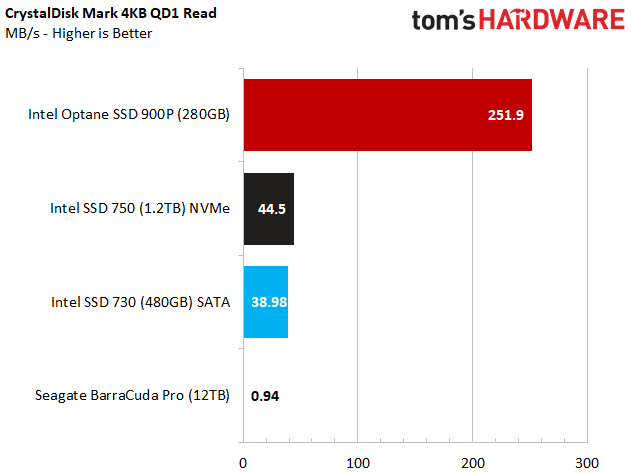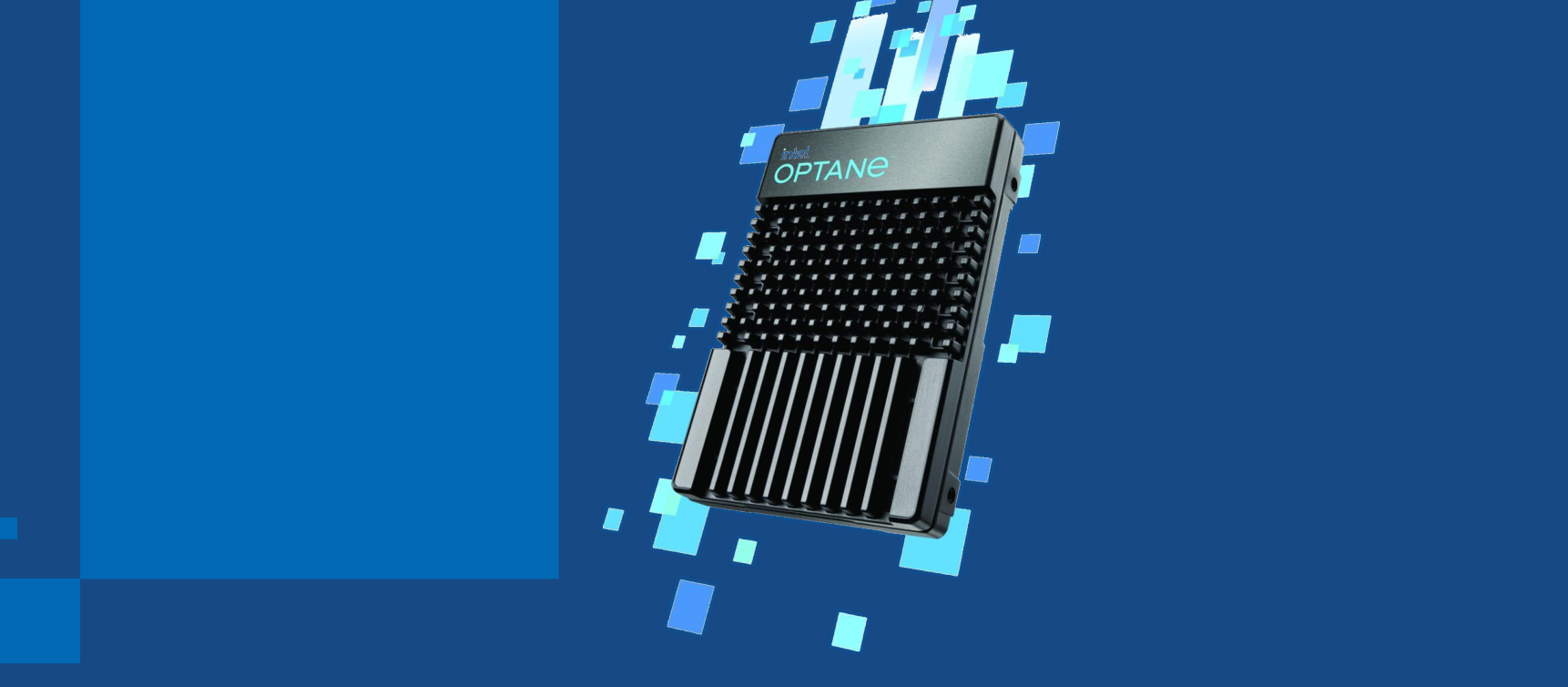Uh, I rather doubt that. The 900p is first-gen and was much improved upon by the 905p, which is still PCIe 3.0.
The P5800X is a non-consumer product using newer-gen Optane memory and PCIe 4.0 interface. In terms of QD1 IOPS, it smokes its predecessors. Not available in PCIe form factor, however.
On the same Crystal Disk benchmark, it got 403.6 MB/s.
In our Intel Optane DC P5800X 800GB SSD review, we see how this high-end data center drive performs as a workstation SSD

www.servethehome.com
I predict you'll only find good deals on them used. Even then, demand could keep prices relatively high, since there's not currently anything quite like them.
NAND-backed DRAM should eventually take their place, but those products will likely be CXL-based.



 Happy to even buy that used with how good the endurance is(182k cycles).
Happy to even buy that used with how good the endurance is(182k cycles).
